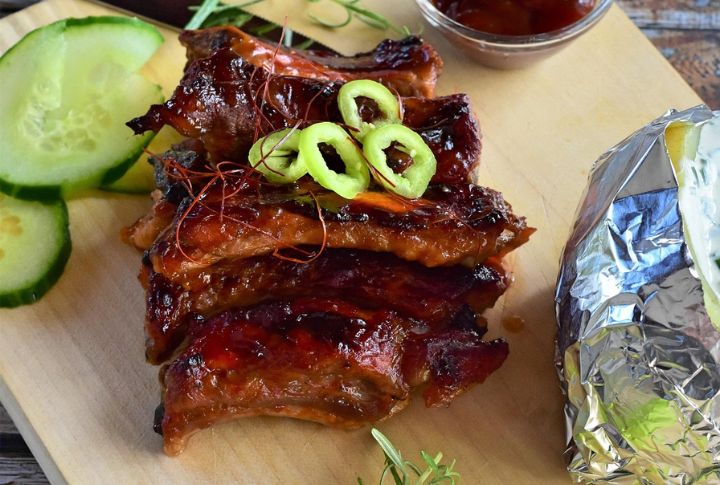
Everyone loves a good serving of ribs. However, barbecue masters will tell you that achieving perfect ribs isn’t just about time on the grill but a careful balance of multiple factors. To help you master this art, here are ten essential tips that will ensure every bite is irresistible.
Choose The Right Ribs

Not all ribs are created equal. Baby back ribs cook faster and absorb marinades effortlessly. In contrast, spare ribs contain more fat, which yields a deeper, juicier flavor. When shopping, look for ribs with good marbling; those fine streaks of fat enhance both moisture retention and taste.
Remove The Membrane
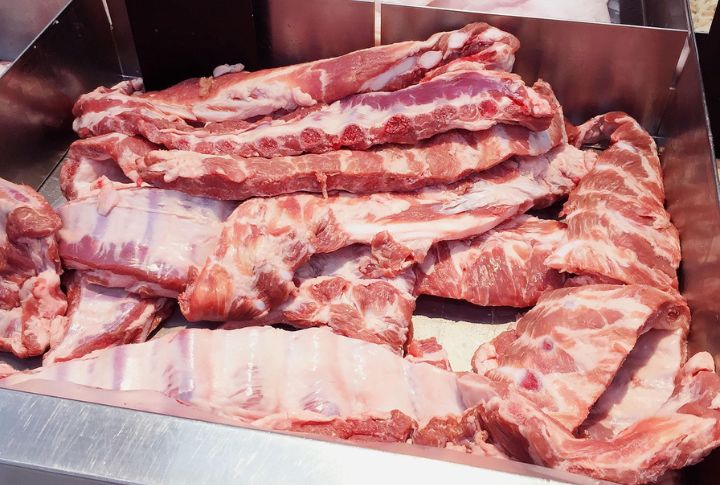
The silverskin—a tough membrane on the back of the ribs—can block seasoning from full meat penetration. Remove it to achieve more tender, flavorful ribs. A simple trick is to use a butter knife to loosen a corner, then grip it with a paper towel and peel it off.
Dry Brining For Flavor
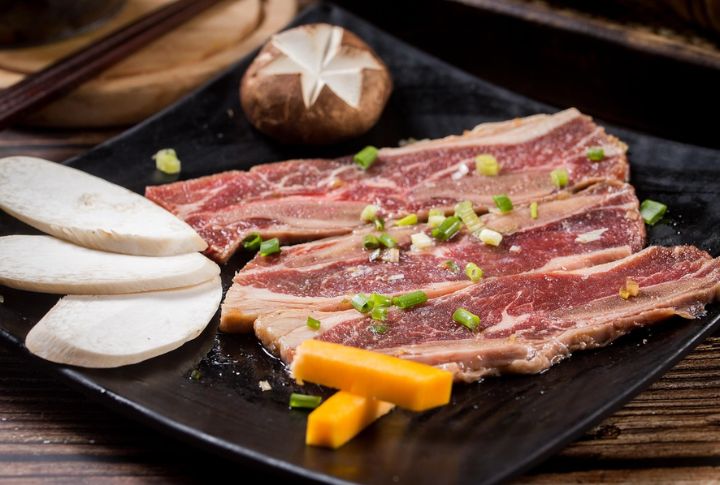
Instead of relying on pre-packaged marinades, dry brine your ribs with kosher salt and spices for about 2-3 hours. Salt works by altering protein structures, which increases moisture retention during cooking. To build bold flavors, combine paprika, brown sugar, and cayenne in your dry rub.
Low And Slow Cooking
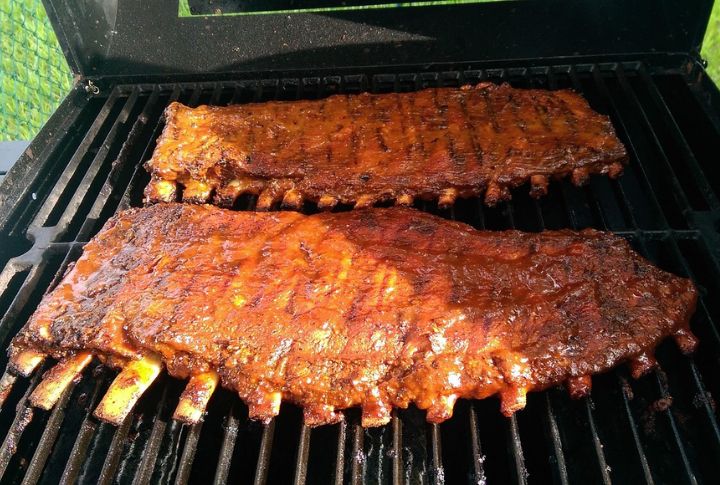
Barbecue purists swear by the “low and slow” method—cooking ribs at a steady 225 degrees Fahrenheit for several hours. This gentle heat melts connective tissues and results in ultra-tender meat. Slow smoking over indirect heat is a cornerstone of Southern barbecue traditions, and it helps prevent the toughness that comes from high-heat grilling.
Pick Wood Carefully
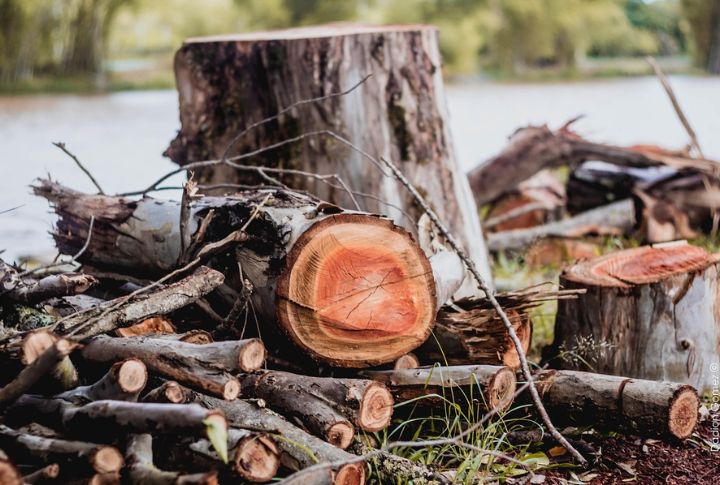
The choice of wood greatly influences barbecue flavor and aroma. Hickory delivers a deep smokiness, while applewood imparts a mild, fruity sweetness. Cherry wood provides a perfect balance of both flavors. Selecting the right wood complements the meat perfectly and enhances the overall taste experience.
Keep Them Moist

One common pitfall is ending up with dry ribs. To maintain juicy ribs, many cooks use thin “mop sauces” or place a pan of diluted apple juice nearby to create humidity during cooking. While spritzing with vinegar adds flavor, it may affect bark formation, so maintaining a humid environment is often preferred.
Avoid Excessive Flipping
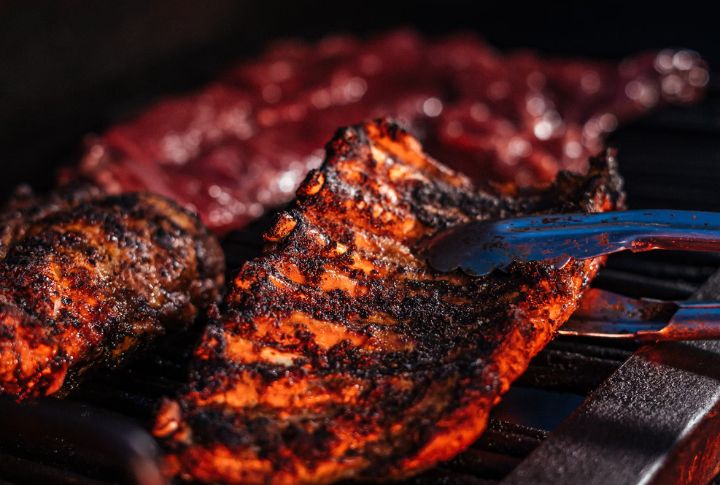
The golden-brown crust on well-cooked ribs, known as the “bark,” forms when sugars caramelize during cooking. Achieving the perfect bark starts with a well-balanced rub featuring ingredients such as brown sugar, mustard, and garlic powder, which fosters a delightful texture. To maintain this crust, avoid excessive flipping, as each turn can disrupt its formation.
Knowing When They Are Done
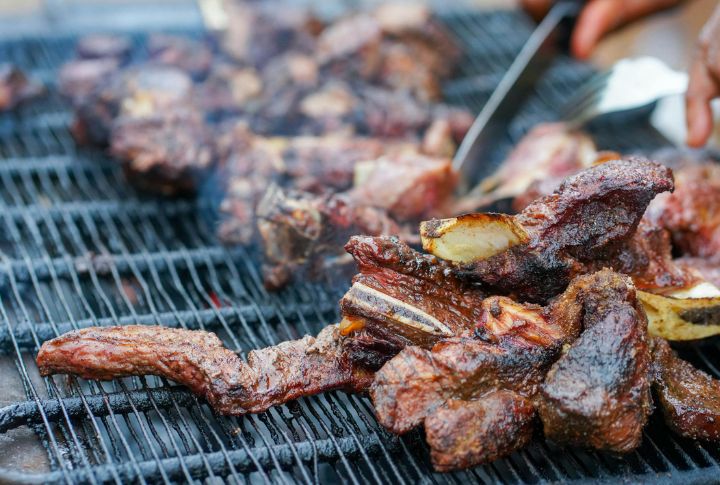
Don’t rely solely on cooking time to determine when ribs are ready. Properly cooked ribs should bend slightly without breaking, indicating tenderness. For more precision, a thermometer reading of 195 degrees Fahrenheit signals peak tenderness. Another classic indicator is that the bones should protrude just enough to show the ribs are fully cooked.
Sauce Timing Matters
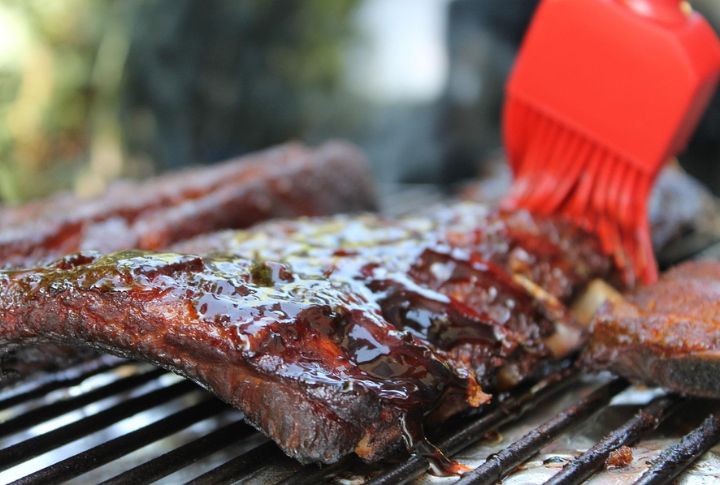
Applying barbecue sauce at the right moment is important for optimal flavor and texture. Apply sauce only during the final 30 minutes of cooking—adding it earlier risks burning the sugar-based ingredients. Proper timing enhances the sauce’s texture and builds complex flavors without compromising that signature caramelized finish.
Rest Before Serving

After cooking, allow your ribs to rest for about 10 minutes to let the juices redistribute evenly throughout the meat. This resting period preserves moisture and ensures every slice is tender and juicy. Cutting ribs too early releases trapped steam, leading to a loss of succulence.
Leave a comment